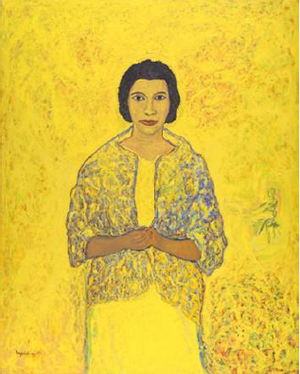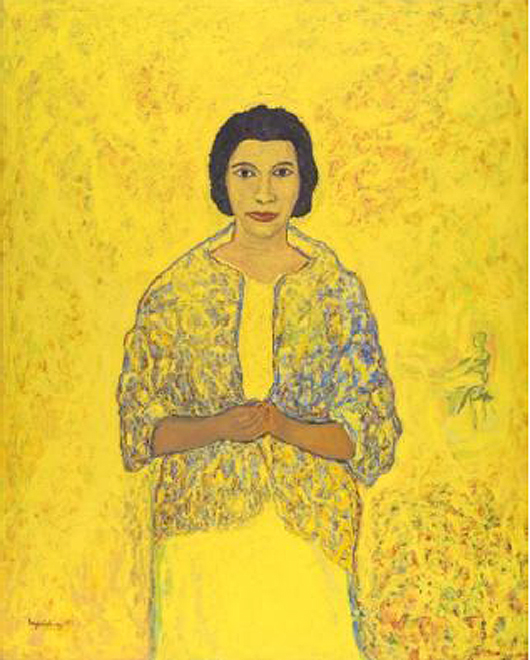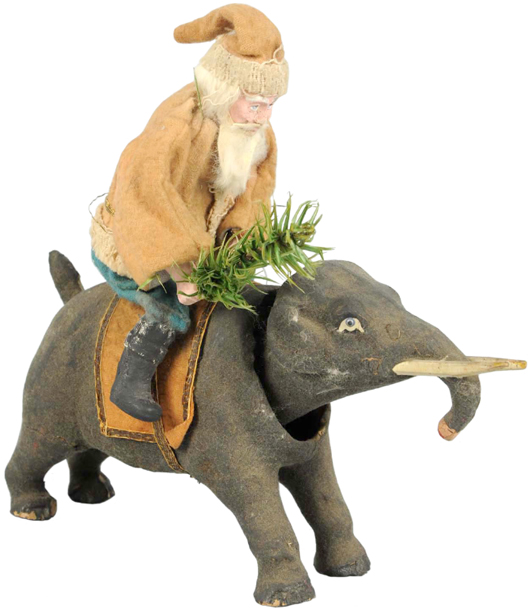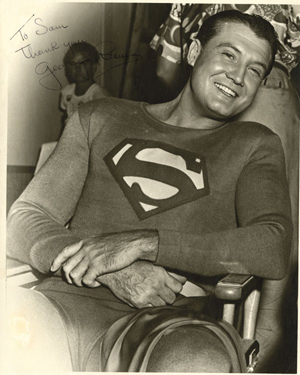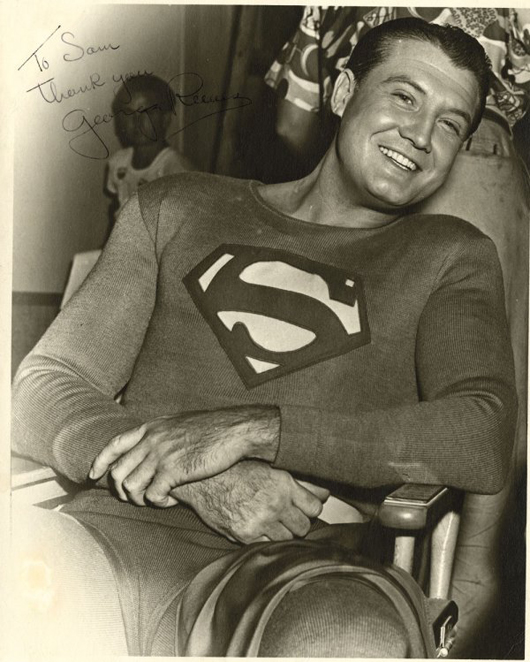
Ivory and shibayama table screen encrusted with mother of pearl and tinted ivory, figurines in rain and shelter, signed on one panel, Japan, 19th century. Est. $3,000-$6,000. Stephenson’s Auctioneers image. SOUTHAMPTON, Pa. – To many in the Greater Philadelphia and Mid-Atlantic region, the best day of the year to purchase superior-quality antiques and decorative art is January 1st, when Stephenson’s Auctioneers conducts its busy New Year’s Day Antiques & Decorative Arts sale.
“There’s always a lively crowd, and few go home empty handed,” said Stephenson’s owner, Cindy Stephenson. “We have many customers who never miss our New Year’s Day sale, and that includes the hundreds who come to us through LiveAuctioneers.com. They all view this annual sale as their first official buying opportunity of the year.”
Stephenson’s specializes in estate antiques and art. Often, their experts are called upon to appraise and auction the contents of grand residences on Philadelphia’s Main Line. That’s where many of the 100 pieces of furniture contained in the 500-lot sale were sourced – from a prosperous family’s multimillion-dollar home.
The session will begin with approximately 200 lots of porcelain, china, figurines, crystal and silver; followed by 160 lots of jewelry and gold coins; a selection of artwork, and around 100 lots of furniture and clocks.
Among the auction’s top highlights is a collection of Orientalia that features carved ivories (including a pair of Chinese figural carved ivory covered urns estimated at $2,000-$4,000), Chinese and Japanese porcelains; and an ivory and shibayama table screen (est. $3,000-$6,000). Additionally, the collection includes a number of pieces of exquisite white and celadon jade. Many of the pieces come with excellent provenance and most remained in the same collection for more than 30 years, based on their inclusion in a 1981 appraisal.
From the same home comes a set of elegant Steuben stemware in pattern #7926. The service for 12+ includes glasses in five sizes, as one would expect to see in a formal and especially complete dinner setting.
The sale also includes exquisite English and American silver. A circa-1814 George III glass and silver inkstand with winged paw feet is engraved “Dame SJ Paston-Cooper” and is hallmarked for Rebecca Emes and Edward Barnard, London. Estimate: $400-$800.
An enviable assortment of gold and silver coins serves as the perfect companion category for the 150+ pieces of fine jewelry to be offered. An Art Deco platinum, diamond and emerald bracelet (Lot 233) is estimated $5,000-$8,000, while a ladies’ Hamilton platinum and diamond wristwatch (Lot 234) with a 3¼ carat total carat weight follows closely behind, with expectations of making $4,000-$6,000. Other leaders in the fine jewelry category include an 18K white gold filigree bow pin (Lot 266) with diamonds weighing in excess of 3 carats (TCW), est. $2,000-$4,000. Lot 235, a man’s handmade 18K gold ring with a 2-carat center stone may command an auction price of $3,500-$5,000.
Bucks County, Pa., is home to some of America’s most revered antique stone farmhouses. Stephenson’s New Year’s Day sale features the contents of one such farmhouse. Six cupboards – five of them corner cupboards – will be auctioned, as well as pie safes, jelly cupboards and numerous stoneware crocks and jugs.
Furniture from the aforementioned Main Line residence includes examples that are newer but of excellent quality – in particular, a selection of Mount Vernon by Hickory inlaid cherry furniture.
“Mount Vernon by Hickory mixes beautifully with period furniture because traditional methods are used in crafting their pieces. This particular brand is very popular with furniture buyers who attend our sales,” said Cindy Stephenson.
The auction will ring in the New Year with two beautiful clocks that came from a residence in the Poconos. A handsome 1903 J.E. Caldwell cherry grandfather clock with moon dial and paw feet will cross the auction block, as will an early 19th century Hy (Henry) Bower & Feste Swome walnut miniature tall case clock. The latter timepiece, which stands a diminutive 50 inches high, has been garnering considerable attention from clock enthusiasts. Each of the two clocks is estimated at $600-$1,000.
Stephenson’s Tuesday, Jan. 1 New Year’s Day Antiques and Decorative Arts Auction will commence at 10 a.m. Eastern Time. For additional information on any lot in the sale, call Cindy Stephenson at 215-322-6182 or e-mail info@stephensonsauction.com.
View the fully illustrated online catalog and sign up to bid absentee or live via the Internet at www.liveauctioneers.com.
# # #
ADDITIONAL LOTS OF NOTE
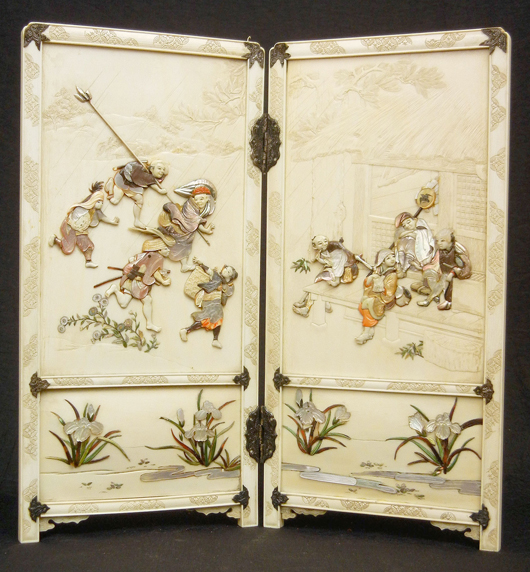
Ivory and shibayama table screen encrusted with mother of pearl and tinted ivory, figurines in rain and shelter, signed on one panel, Japan, 19th century. Est. $3,000-$6,000. Stephenson’s Auctioneers image. 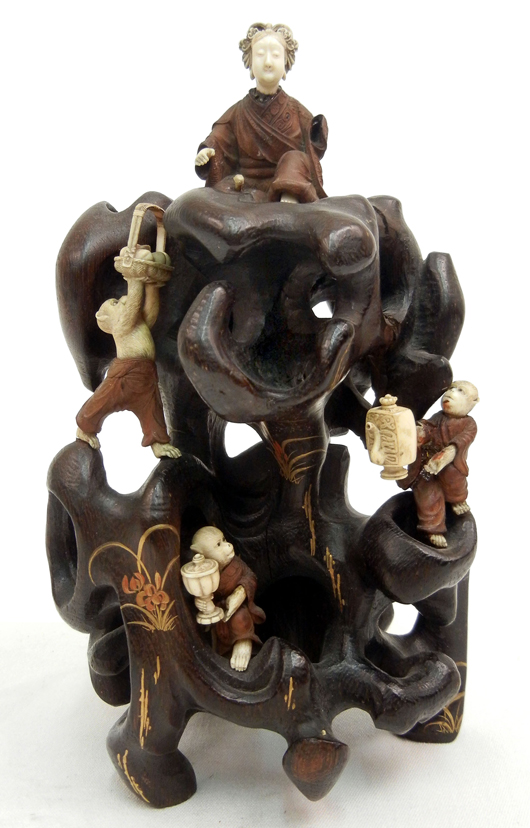
Japanese black lacquer on wood grotto ‘scholar mountain’ with ivory figurines and inlaid gold, 7¾ in. high, 18th-19th century, ex collection of L.R. Werner, Esq., London, England. Est. $300-$600. Stephenson’s Auctioneers image. 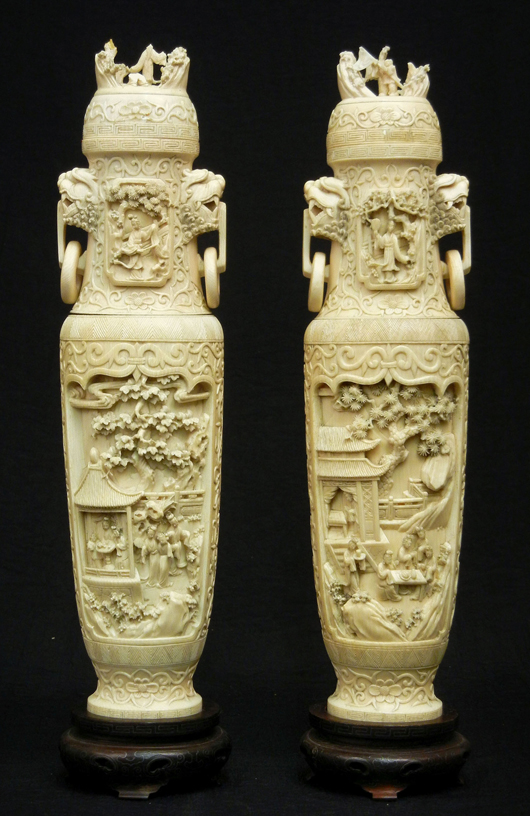
Pair of Chinese carved ivory figural covered urns decorated with figural village scenes, foo dogs, circa 1890-1920, ex collection of Oliver Smalley, Epsom, England. Est. $2,000-$4,000. Stephenson’s Auctioneers image. 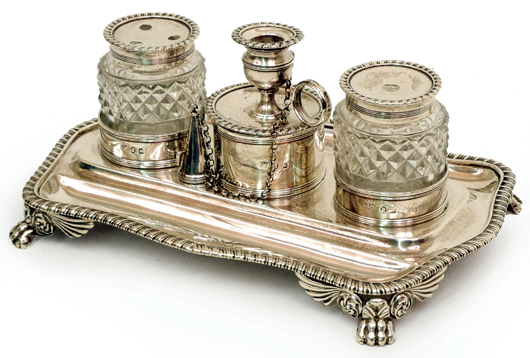
George III glass and silver inkstand, winged paw feet, engraved on back ‘Dame SJ Paston-Cooper,’ circa 1814, hallmarked for Rebecca Emes and Edward Barnard, London. Est. $400-$600. Stephenson’s Auctioneers image. 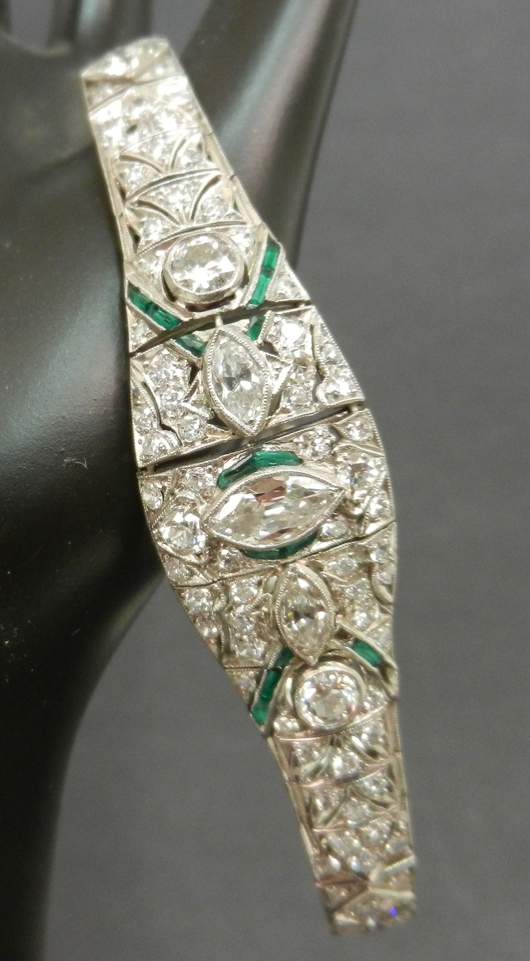
Art Deco platinum diamond and emerald bracelet, approximately 5 1/2 carats, TCW, unmarked, tests platinum, weight 29.2 grams/18.8 dwt, circa 1920. Est. $5,000-$8,000. Stephenson’s Auctioneers image. 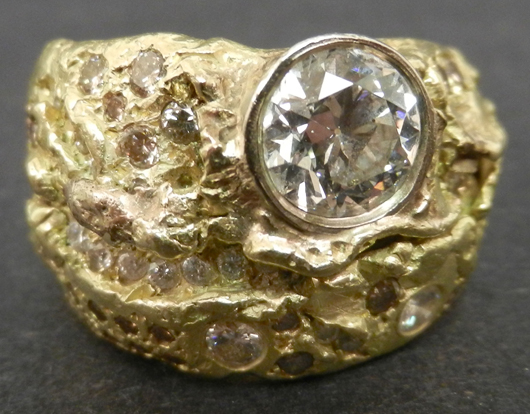
Man’s handmade 18K gold and diamond ring; center bezel-set stone approx. 2.0 carats; additional 58 round champagne and white diamonds, weight 40.4 grams/26.0 dwt. Est. $3,500-$5,000. Stephenson’s Auctioneers image. 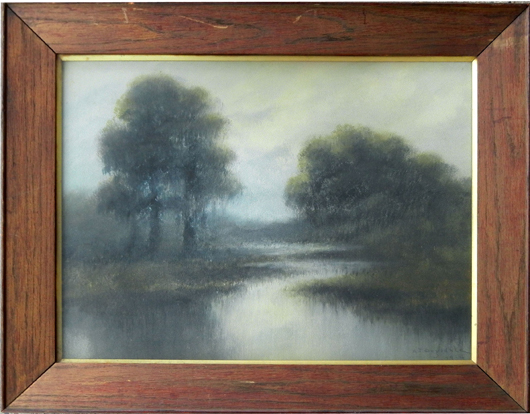
A. (Alexander) J. (John) Drysdale, pastel on paper, Louisiana bayou landscape, signed. Est. $1,800-$3,500. Stephenson’s Auctioneers image. 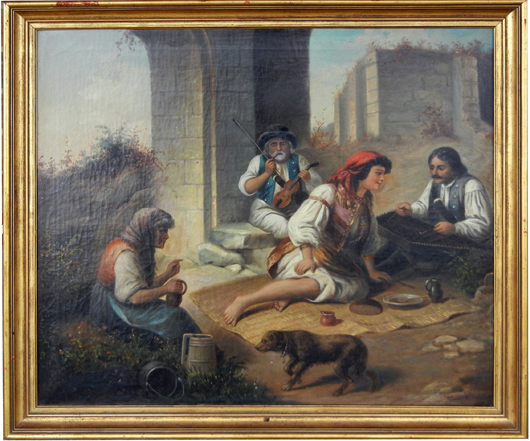
A. (Andreas) Marko, oil on canvas, landscape with gypsies, signed and dated 1870. Est. $4,000-$8,000. Stephenson’s Auctioneers image. 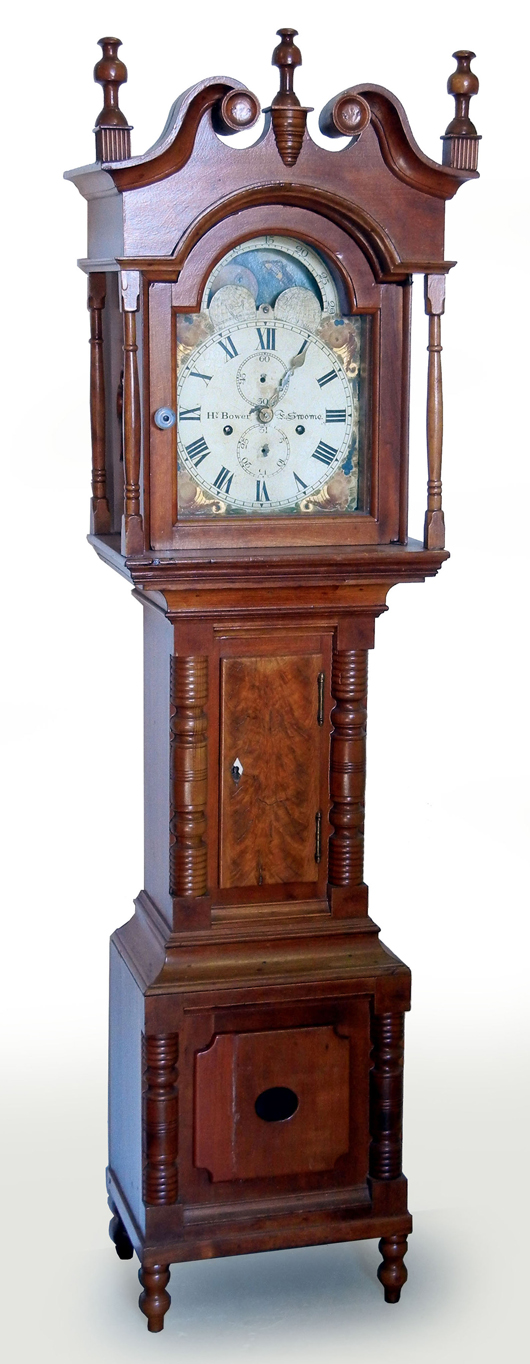
Pennsylvania walnut miniature tall case clock, Hy (Henry) Bower, F. (Feste) Swome, early 19th century. Est. $400-$600. Stephenson’s Auctioneers image.


